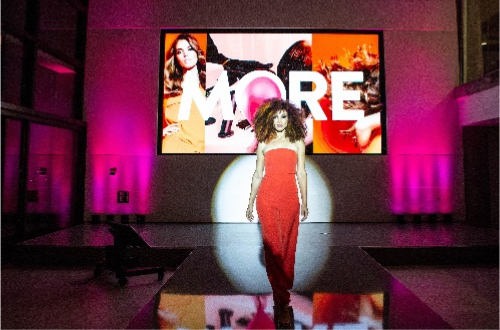How important is your environment when you’re making something new? Even though a few people seem to be creative all the time, wherever they are, a purpose-built place to innovate helps us all to do our best work.
When I was a recent design school grad, my boss asked me to redesign the Airstream’s galley. His direction was to make it lighter and cheaper to build. He put me in an empty office and told me to be creative. Then he left on vacation!
Of course, I accomplished almost nothing that week. I was truly terrified of losing my job. Fortunately, the iconic Airstream survived my short intervention and I survived the experience. Here’s what it taught me:
You, and everyone you know, has the capacity for innovation. But most of us need a process to follow, and collaborators to stretch our creativity. That doesn’t happen sitting alone in an office.
The most innovative companies I know use some variation of a process called design thinking, or human-centered design. The simplest version of that process has three steps. I call them SEE, SAY, and TRY.
First you SEE what people do, watching as they complete a task, or use a product or service. Then you SAY what it means, identifying an unmet need and finding a point of view. Next you TRY something new, creating ideas and building prototypes. And then you repeat the process, seeing how people use the prototypes you’ve created.
Despite the fact that we’re learning how to do more and more jobs virtually, we innovate best working together in a physical place that hardwires this design thinking process. Here are four examples of how leading innovators make that happen.
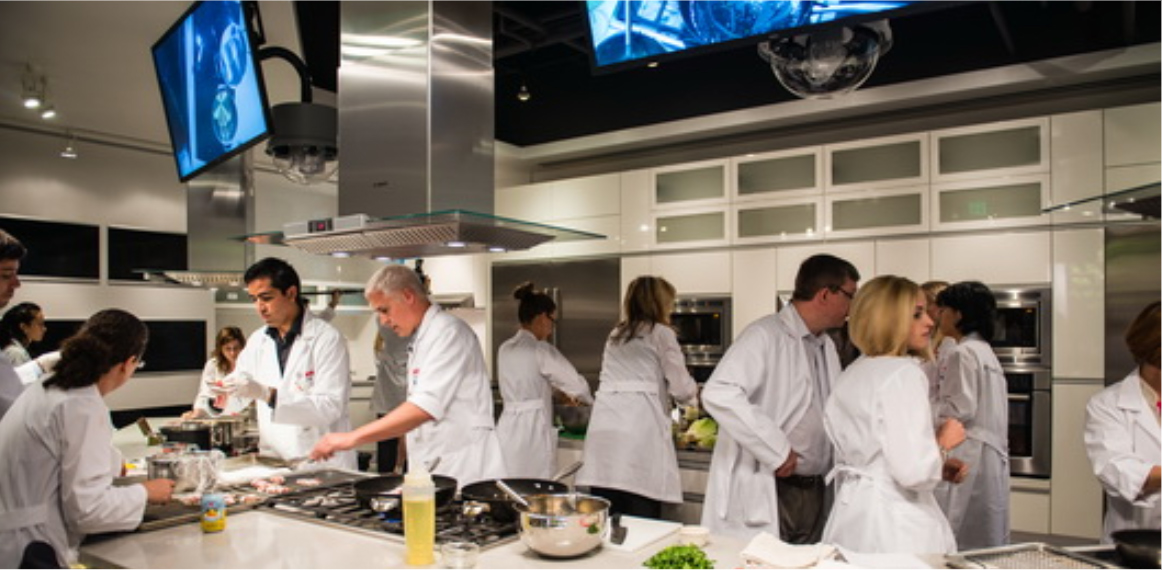
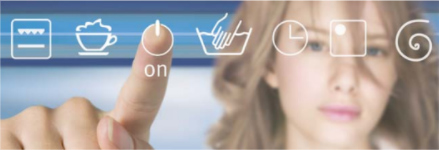
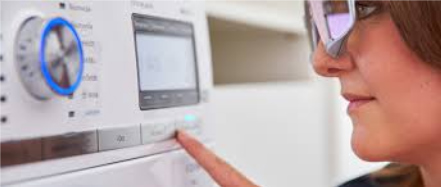
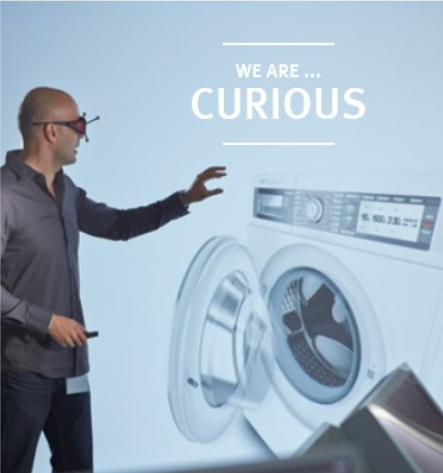
BSH HOME APPLIANCES
You may not know BSH, but you likely know their products from Bosch, Gaggenau and Thermador. So many cooking innovations we take for granted came from these three brands: things like stainless steel home appliances, in-wall ovens, and glass cooktops.
The BSH brands are masters at learning by watching their customers, building experience centers and user experience labs around the world. The experience centers are functioning kitchens with existing products, where amateur and professional chefs cook together.
Their user experience labs contain new products in development. Tools like cameras, eye tracking, and augmented reality record how people interact with each product. Then engineers, designers and psychologists work together to interpret these results.
How well does BSH see what their customers need? Bosch filed almost 900 patents in 2016.

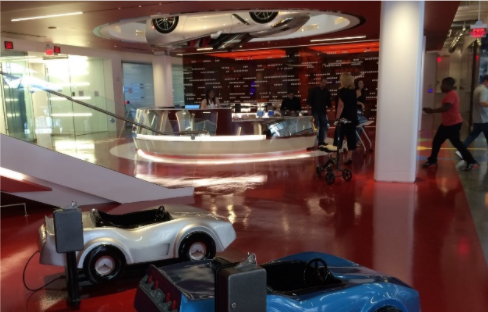
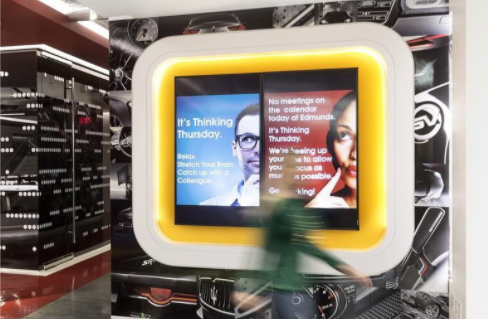
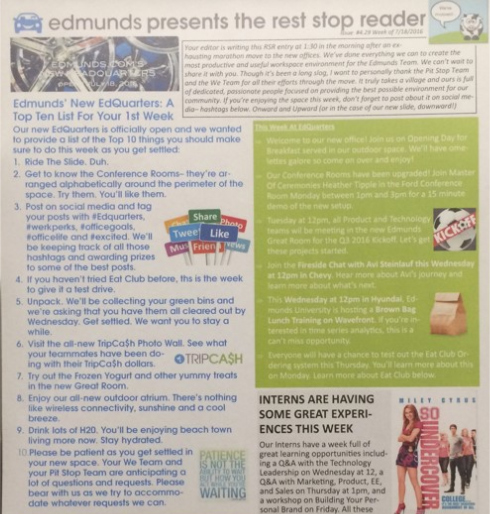
EDMUNDS.COM
If you’ve bought a car recently, you might have used Edmunds.com to comparison shop. Edmunds started as a quarterly booklet with car prices. Now their website has 18 million users.
Edmunds believes innovation happens when their people spend time together, face to face. That might be a little problematic since they’re a result-oriented workplace, or ROWE, where people aren’t required to show up at the office. Edmunds solved this problem by creating an amazing workplace filled with all things automotive.
They invite intriguing people in to speak and perform. They hold hackathons, academies, and summer camps. Every event is designed to help their people keep learning and innovating.
Edmunds has two habits that I love. The first is Thinking Thursdays, where formal meetings are discouraged so people have plenty of time to say what they’re thinking. The other is the Rest Stop Reader. It’s a weekly bulletin that can only be found, you guessed it, taped inside the bathroom stalls.
The people at Edmunds miss no chance to pool their talents and innovate. In 1988, when the Steinlauf family bought a small print publication, Edmunds had 20 people. Today Edmunds is proud to say they employ over 600 of this country’s best and brightest
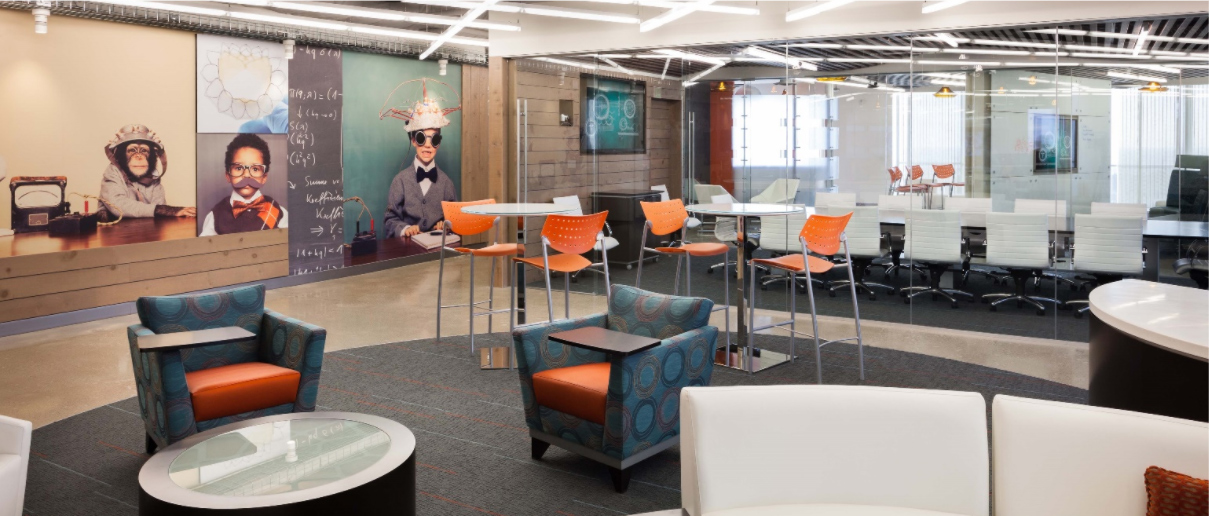
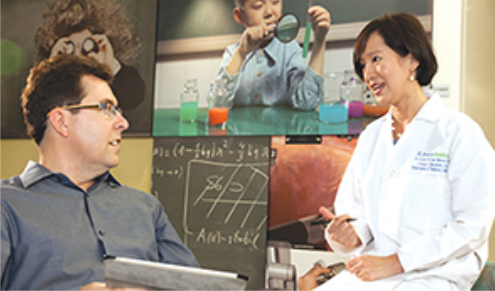
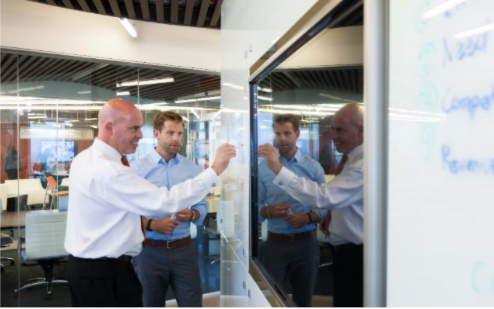
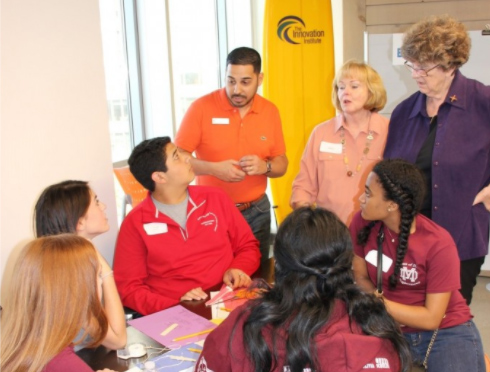
THE INNOVATION INSTITUTE
Some organizations can find a way to bring all of their people to a single place. For others that’s not possible. The Innovation Institute’s six members are health systems whose caregivers total more than 150,000 people. At the Institute, innovation starts with an online portal where anyone – including you – can share an idea or invention. The most promising of those ideas end up at the Innovation Lab.
The Lab is designed to welcome groups of any kind, from a team of lawyers discussing intellectual property to a class of students learning about innovation. The space looks open and transparent, but it’s cleverly designed to divide into groups of secure and private rooms.
Two large spaces are flanked by smaller conference rooms, huddle areas, and brainstorming walls. Teams can book one space or several, or even take over the whole floor. Most important, the entire space emphasizes good dialogue – talking about the why behind the what.
This process and place are clearly working. Two years after they opened their doors, The Innovation Lab had 100 products in their pipeline.
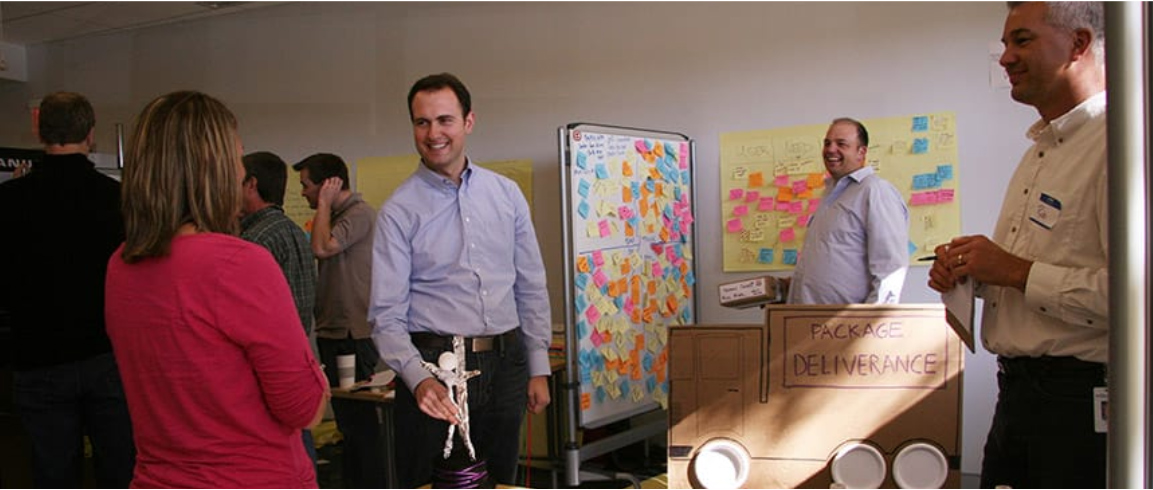
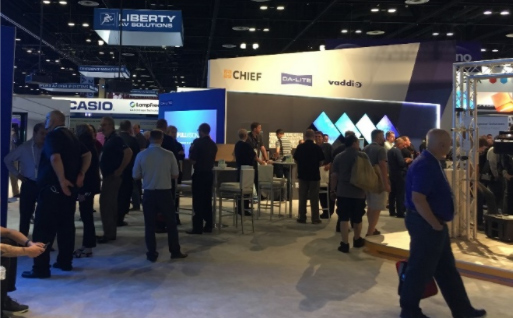
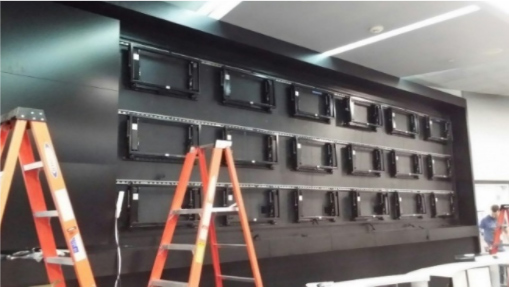
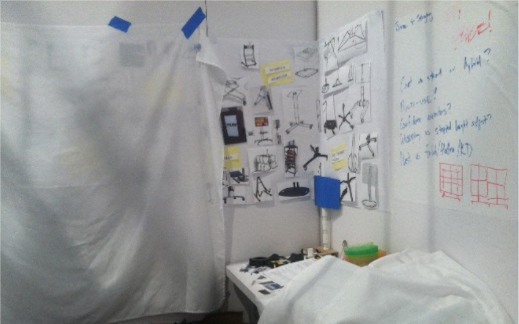
MILESTONE AV
You might not think a company known for making projection screens and equipment mounts would be a hotbed of innovation. Milestone AV proves, again and again, that you can innovate no matter what your product or service might be.
At Milestone’s headquarters, everyone is encouraged to learn and use design thinking – from senior executives to people working on the factory floor. Their meeting areas are filled with fun ideation and prototyping materials to transform their products and customer experiences.
Milestone’s design thinking steps outside their front door. They recently tucked an ideation lab and product prototype inside a trade show booth. Customers and non-customers were invited to use the mockup, and share their ideas to make it better. The result? A whole new product line, and a line of customers eager to use it.
Milestone lives and breathes design thinking. It’s no surprise that 75% of Milestone’s products are number 1 or 2 in their markets. And, by the way, in June 2017 Legrand bought Milestone for $950 million dollars.
How do YOU measure innovation? Is it by patents, like BSH? By the growth of your people, like Edmunds? By the size of your product or service pipeline, like the Innovation Institute? By your products’ market position, like Milestone? Or, are you still searching for the right way to track your innovation success?
No matter how they measure innovation, the companies I’ve just described share three things in common. They practice a proven innovation process. They build places and tools to hardwire that process. And they’re exceptionally inclusive, welcoming all comers to take part. Is it time for you to consider doing the same?
©2019 Lisa Perrine




